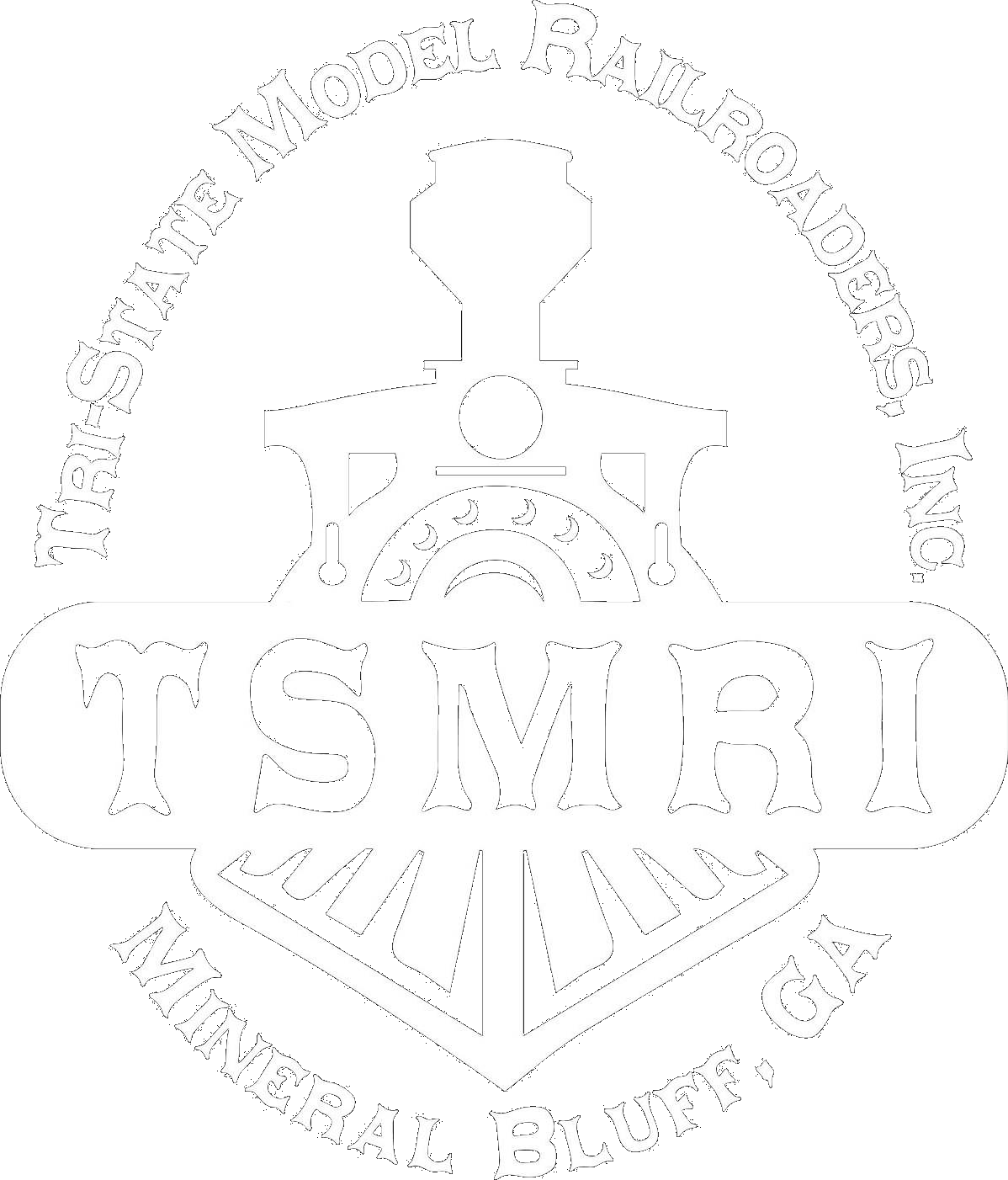What is known today as the Old Line Railroad is a 47-mile stretch of rail line built in 1890 as part of a project to link Knoxville, Tennessee to Marietta, Georgia by rail. The section from Knoxville to the Tennessee and Georgia state line at McCays (now Copperhill) was built by the Knoxville Southern Railway Company. The Marietta & North Georgia Railway built the section from Copperhill to Marietta.
Shortly after the line was completed in 1890, the Knoxville Southern Railway merged with the Marietta and North Georgia Railway (M&NG) and took M&NG as its name. The following year the M&NG passed into receivership, was reorganized, and became part of the Atlantic, Knoxville, and Northern Railroad Construction Company (AK&N).
Two very distinctive features were built as part of the line. One was a section of line located in Georgia, between Talking Rock and Jasper. With two reverse curves located within a short distance of each other, the track configuration resembled a hook. The other distinctive feature was the Hiwassee Loop, a circle of track that was built around Bald Mountain in 1898. Located in Polk County, Tennessee, the Loop looked like the eye of a needle. These two features are the reason for the line’s nickname – the “Hook and Eye.” The “Hook” was paved over when Highway 515 was built in Georgia. Today, the “Eye” is more commonly known as “the Loop.” Listed on the National Register of Historic Places, the Loop is intact and continues to intrigue passengers who ride the Hiwassee River Rail Adventure. Vintage passenger trains carry people along the Hiwassee River, into the rugged Hiwassee Gorge, and on to the copper mining town of Copperhill.
In 1902 the Louisville and Nashville (L&N) Railroad took ownership of the Old Line when it secured a majority interest in the AK&N. The designation “Old Line” came about in 1906, a few years after the L&N acquired the line. Improvements had been made to the line, the most notable being the Hiwassee Loop in 1898, but the L&N remained fearful that Southern Railroad, with a more direct route to Atlanta, would dominate the formidable Cincinnati market. The rail company decided to avoid the rugged mountain route altogether by building 80 miles of new track from a point near Etowah, Tennessee to Marietta, Georgia. The new line, which parallels U.S. Highway 411 in Tennessee and Georgia, ran over flatter terrain and allowed trains to move in a faster, more efficient manner. The new line, in effect, became a bypass for the old line.
The copper mines, marble quarries, and other shippers continued to generate adequate rail traffic along the old line, so both continued to operate under the L&N system. L&N railroad employees immediately begin to refer to the two lines as the “New Line” and the “Old Line.” These designations are still used today.
Part of the new line project included construction of a major rail center and a township for railroad workers. A site north of Cambria and Wetmore was purchased and the L&N civil engineers built a town, railroad shops, supporting facilities, a passenger station, and a planned community that was named Etowah.
The Old Line remained a part of the L&N system until 1982, when consolidations placed it under the ownership of Seaboard Systems. In 1987 Chessie System and Seaboard Systems merged and became CSX. Shortly after the merger, CSX sold the part of the line that runs between Copperhill and Marietta, Georgia.
Today, that line is owned by the Georgia Northeastern Railway. CSX continued to own the line from Copperhill to Etowah until the sole freight — sulfuric acid –was no longer produced at Copperhill. In 2001, CSX announced its plan to abandon the track. Concerned citizens, local governments, and regional organizations formed the Old Line Railroad Coalition to save the line. In 2002, the Tennessee Overhill Heritage Association, with a loan from Glenn Springs Holdings, Inc, itself a wholly owned subsidiary of Oxy Petroleum, purchased the line. To honor its history, the name “Old Line” was retained.
In 2003 Tennessee Valley Authority repaired a 13-mile segment of the line in order to gain access to Appalachia Powerhouse, thereby opening up a segment of the line for limited passenger train service. The following year a temporary freight project made it possible to rehabilitate the rest of the line. Today, through a partnership with Tennessee Valley Railroad Museum and the City of Etowah, the entire line is now open for passenger train excursions. In 2007 a 19-mile section of the line, between the historic District of Reliance and Farner, Tennessee was placed on the National Register of Historic Places.
The Old Line winds through some of the most scenic landscapes in southeastern Tennessee, following the Hiwassee Scenic River as it passes through the Historic District of Reliance, into the Cherokee National Forest, over the famous Hiwassee Loop, and on to Copperhill, Tennessee. It is now home to the Hiwassee River Rail Adventures, scenic train excursions that run from April – November.
